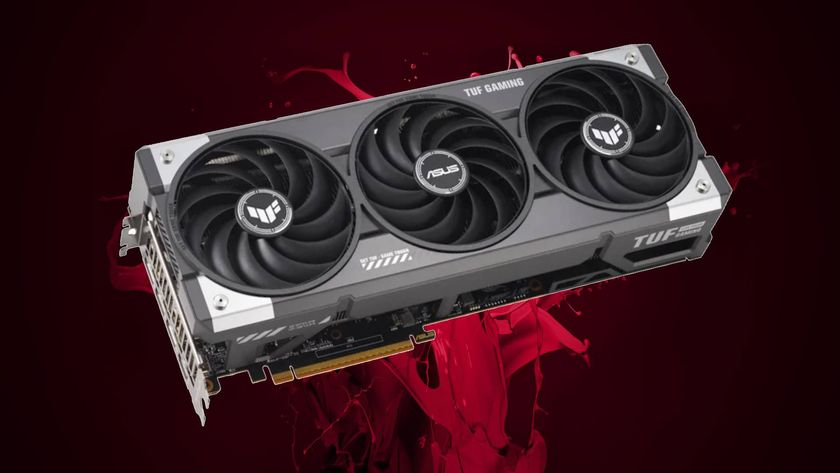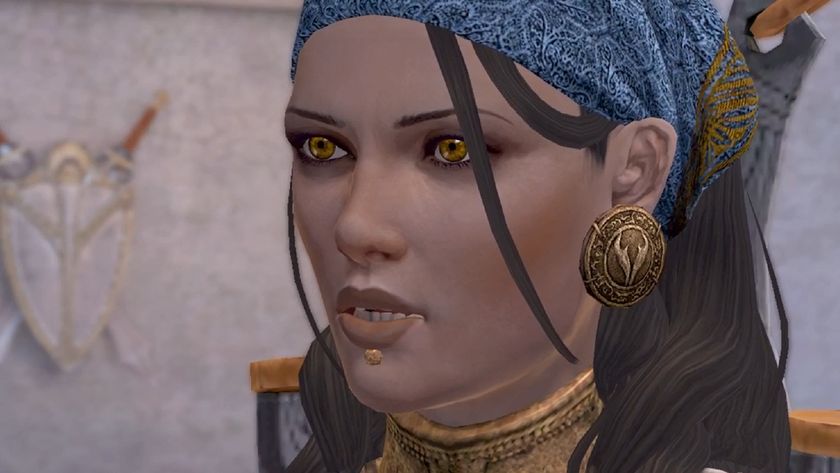AMD’s efforts to fix HDMI 2.1 have been shot down - here’s why I think PC gamers should stick with DisplayPort
The HDMI forum slams down its gavel

Over the past three years, AMD has been trying to fix GPU driver issues for Linux users using HDMI 2.1. Sadly, the body that calls the shots of the future of the standard has firmly said no to the company’s proposed resolution, which is more than a bit of a bummer. If anything, the outcome has made me more likely to use alternatives when hooking systems up to a monitor or TV, and I think more players could end up sticking with DisplayPort as time goes on.
Avoiding the standard used by the best gaming monitor feels like a silly move, and it’s not one I’d encourage completely, After all, if you’ve got the right HDMI cable and something like a PS5, Xbox Series X, or modern gaming PC that supports HDMI 2.1, you’ll be able to ramp things up to 4K 120Hz and beyond. However, that luxury isn’t available to all users, and that’s the reason why DisplayPort is currently more appealing in my book.
The long running saga of AMD trying to fix problems with HDMI 2.1 for Linux users has been consistently covered by Phoronix over the past few years. Today, the publication reported on the latest, and potentially final outcome, as the graphics card’s maker's proposition to make the standard open source has been denied by the HDMI Forum. For context, that’s a collective of tech giants, including Microsoft, Sony, Samsung, Panasonic, and various others.

The news was broken to Linux users experiencing issues with 4K 120Hz via HDMI 2.1 on Gitlab, with AMD engineer Alex Deucher stating “At this time an open source HDMI 2.1 implementation is not possible without running afoul of the HDMI Forum requirements.” Simply put, if you’re a gamer who prefers to use open source drivers, graphics card makers won’t be able to patch any issues with features.
To add salt into the wound, AMD has apparently also whipped up HDMI 2.1+ support for its open-source kernel driver, but the decision means that can’t be implemented either. Ultimately, the whole fiasco means that if you’ve got a Linux build, you’re better off sticking with DisplayPort to avoid quirks and hassle. That said, if your setup includes something like an LG B9 gaming TV and Radeon 6800 XT graphics card, you’re out of luck.
It’s worth noting that my reasons for now preferring DisplayPort over HDMI are out of principle. After all, if you’re using a non-Linux rig, display driver fixes should be a regular occurrence. However, just because something doesn’t affect you now doesn’t mean it won’t creep up in the future, and by embracing open source support, HDMI could help all users take full advantage of features without a hitch in the future.
Looking for a portable powerhouse? Check out the best gaming handheld and best gaming laptop for ways to play Steam games on the go. Alternatively, swing by the best Steam Deck dock if you want to turn Valve's device into a desktop hybrid.
Sign up to the 12DOVE Newsletter
Weekly digests, tales from the communities you love, and more

I’ve been messing around with PCs, video game consoles, and tech since before I could speak. Don’t get me wrong, I kickstarted my relationship with technology by jamming a Hot Wheels double-decker bus into my parent’s VCR, but we all have to start somewhere. I even somehow managed to become a walking, talking buyer’s guide at my teenage supermarket job, which helped me accept my career fate. So, rather than try to realise my musician dreams, or see out my University degree, I started running my own retro pop culture site and writing about video games and tech for the likes of TechRadar, The Daily Star, and the BBC before eventually ending up with a job covering graphics card shenanigans at PCGamesN. Now, I’m your friendly neighbourhood Hardware Editor at GamesRadar, and it’s my job to make sure you can kick butt in all your favourite games using the best gaming hardware, whether you’re a sucker for handhelds like the Steam Deck and Nintendo Switch or a hardcore gaming PC enthusiast.






















